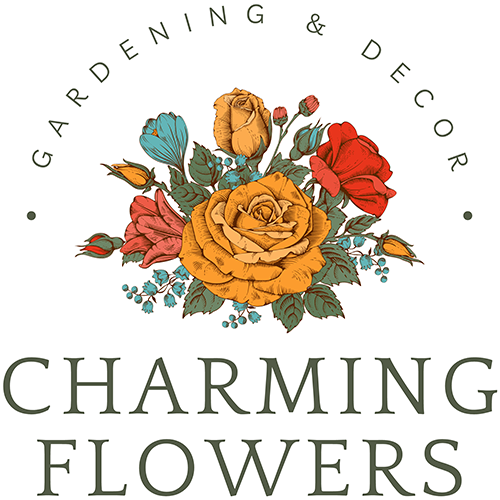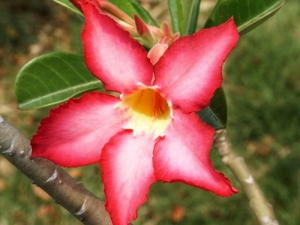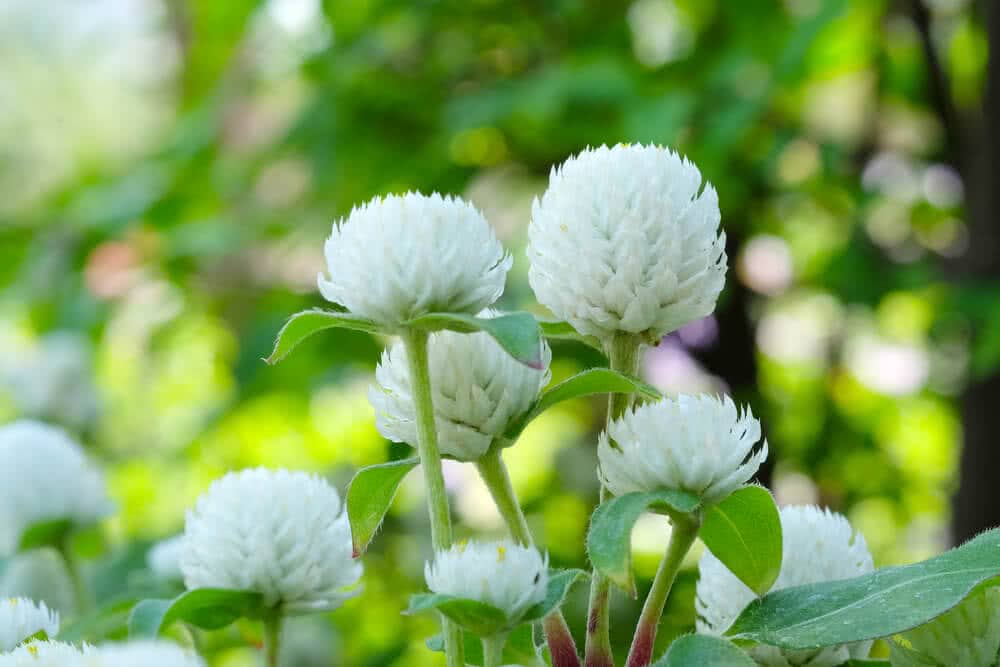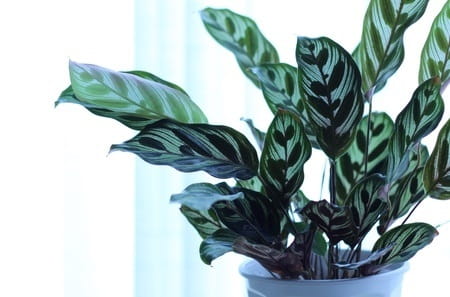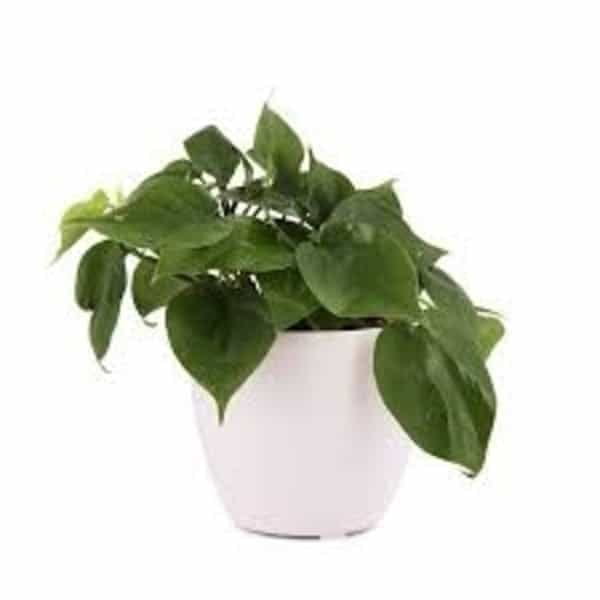Although desert rose is a beautiful, low-maintenance plant, it can become long and leggy in time. Pruning will avoid this problem by creating a bushy, fuller-looking plant.
Caring for desert rose plants requires a full sun location and well-drained soil. Properly mimicking their native regional conditions will garner plenty of rose-like blooms on an architectural marvel of a plant.
The desert rose (Adenium obesum) is a slow-growing plant, only growing about 12 inches per year. It is often used as a bonsai plant with a thick succulent trunk, thin and delicate leaves, and luscious, deep pink trumpeting flowers. It is native to Africa, the Middle East, and Madagascar.
The Desert Rose, or Adenium obesum is a plant that also goes by the name impala lily. This succulent plant produces colors that vary from pure white to a deep red. They are very easy to grow and can be trained to be bonsai trees. Rather than being related to roses, this plant is related to periwinkles and oleander. These succulent plants are hardy and can even tolerate some benign neglect.
Adenium obesum is a poisonous species of flowering plant belonging to tribe Nerieae of subfamily Apocynoideae of the dogbane family, Apocynaceae, that is native to the Sahel regions, south of the Sahara, and tropical and subtropical eastern and southern Africa and Arabia.
It is an evergreen or drought-deciduous succulent shrub (which can also lose its leaves during cold spells, or according to the subspecies or cultivar). It can grow to 1–3 m (3.3–9.8 ft) in height, with pachycaul stems and a stout, swollen basal caudex. The leaves are spirally arranged, clustered toward the tips of the shoots, simple entire, leathery in texture, 5–15 cm (2.0–5.9 in) long and 1–8 cm (0.39–3.15 in) broad. The flowers are tubular, 2–5 cm (0.79–1.97 in) long, with the outer portion 4–6 cm (1.6–2.4 in) diameter with five petals, resembling those of other related genera such as Plumeria and Nerium. The flowers tend to red and pink, often with a whitish blush outward of the throat.
We’ll be sharing more about this flower in future.
